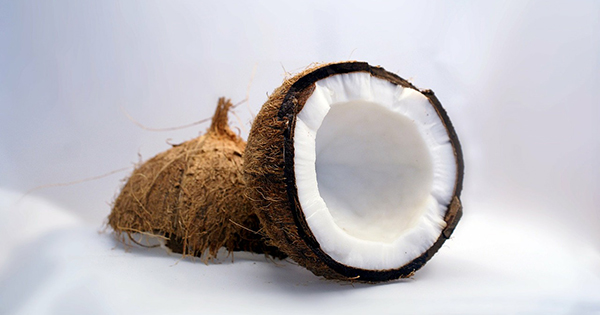Do you or your dog need a quick mental boost? Then spend some time outside doing activities together. You’ll both benefit from being active outside, feeling healthy, and interacting with other people.
Continue readingTag: dogs
Guest Post By Payal Bhandari M.D.
There’s been a lot of buzz about the health benefits of coconut oil lately. It’s not just a marketing stunt; over 1,500 studies support this trend. But as a pet owner you may wonder: is it really healthy for my pet, too? Absolutely! As long as you don’t overdo it, your pets can also reap the benefits of this amazing fruit.
Continue readingGuest Post By Payal Bhandari M.D.
Don’t you just love the smell of cinnamon? Whether you add it to your cappuccino, sprinkle on top of rice pudding, or devour a cinnamon bun, the fragrance and taste of cinnamon are irresistible. Not only does it smell and taste great, but there are also many health benefits to eating cinnamon for both you and your pet. Sprinkle some cinnamon on top of your dog’s food so he can enjoy the perks too.
Continue reading



